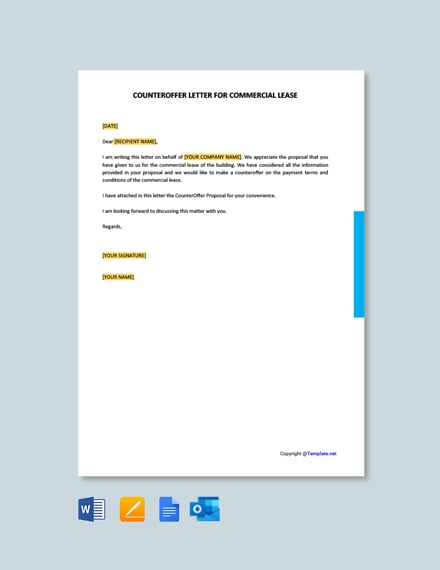
In pediatric patients without type 2 diabetes, hypoglycemia occurred. The risk may be lowered by a reduction in the dose of insulin secretagogues or insulin. Hypoglycemia: Adult patients with type 2 diabetes on an insulin secretagogue (eg, a sulfonylurea) or insulin may have an increased risk of hypoglycemia, including severe hypoglycemia with use of Saxenda ®.If cholelithiasis is suspected, gallbladder studies and appropriate clinical follow-up are indicated Acute Gallbladder Disease: Substantial or rapid weight loss can increase the risk of cholelithiasis however, the incidence of acute gallbladder disease was greater in patients treated with Saxenda ® than with placebo even after accounting for the degree of weight loss.If pancreatitis is suspected, discontinue Saxenda ® promptly and if pancreatitis is confirmed, do not restart

Observe patients carefully for signs and symptoms of pancreatitis (persistent severe abdominal pain, sometimes radiating to the back with or without vomiting).
Acute Pancreatitis: Acute pancreatitis, including fatal and non-fatal hemorrhagic or necrotizing pancreatitis, has been observed in patients treated with liraglutide postmarketing. Patients with thyroid nodules noted on physical examination or neck imaging should also be further evaluated Risk of Thyroid C-cell Tumors: If serum calcitonin is measured and found to be elevated, the patient should be further evaluated. Serious hypersensitivity reactions including anaphylactic reactions and angioedema have been reported with Saxenda ® Patients with a serious hypersensitivity reaction to liraglutide or to any of the excipients in Saxenda ®. Patients with a personal or family history of MTC or patients with MEN 2. The safety and effectiveness of Saxenda ® in combination with other products intended for weight loss, including prescription drugs, over-the-counter drugs, and herbal preparations, have not been established. The safety and effectiveness of Saxenda ® in pediatric patients with type 2 diabetes have not been established. Saxenda ® contains liraglutide and should not be coadministered with other liraglutide-containing products or with any other GLP-1 receptor agonist. Pediatric patients aged 12 years and older with body weight above 60 kg (132 lbs) and initial BMI corresponding to 30 kg/m 2 or greater for adults (obese) by international cut-offs. Adult patients with an initial body mass index (BMI) of 30 kg/m 2 or greater (obese) or 27 kg/m 2 or greater (overweight) in the presence of at least one weight-related comorbid condition (eg, hypertension, type 2 diabetes mellitus, or dyslipidemia). Saxenda ® (liraglutide) injection 3 mg is indicated as an adjunct to a reduced-calorie diet and increased physical activity for chronic weight management in: Routine monitoring of serum calcitonin or using thyroid ultrasound is of uncertain value for early detection of MTC in patients treated with Saxenda ®. 
Counsel patients regarding the potential risk of MTC with use of Saxenda ® and inform them of symptoms of thyroid tumors (eg, a mass in the neck, dysphagia, dyspnea, persistent hoarseness). Saxenda ® is contraindicated in patients with a personal or family history of MTC and in patients with Multiple Endocrine Neoplasia syndrome type 2 (MEN 2). It is unknown whether Saxenda ® causes thyroid C-cell tumors, including medullary thyroid carcinoma (MTC), in humans, as the human relevance of liraglutide-induced rodent thyroid C-cell tumors has not been determined.

Liraglutide causes dose-dependent and treatment-duration-dependent thyroid C-cell tumors at clinically relevant exposures in both genders of rats and mice.







 0 kommentar(er)
0 kommentar(er)
